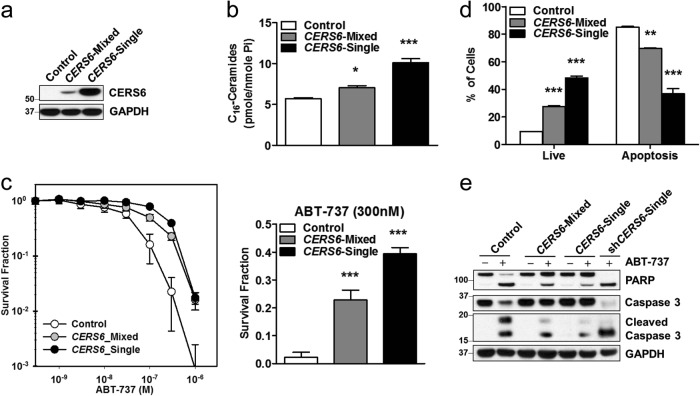Fig. 3. ALL cells overexpressing CERS6 show resistance to ABT-737.
a CERS6 levels in CCRF-CEM cells upon CERS6 overexpression (Control cells transduced with empty vector, CERS6-Mixed CERS6 overexpressing cells and selected with puromycin, CERS6-Single CERS6 overexpressing cells and selected with puromycin followed by repopulation from a single cell; 10.1 ± 0.5 vs 5.7 ± 0.1 pmole/nmole Pi; n = 3). b C16-Cer levels (pmole/nmole of inorganic phosphate) in CCRF-CEM cells after CERS6 overexpression. Ceramide levels were quantitated by HPLC/MS/MS. c CERS6 overexpression in CCRF-CEM cells rendered the cells resistant to ABT-737. Dose response curves showing concentration of ABT-737 on x-axis and survival fraction on y-axis on a log10 scale. Bar graphs depict survival fractions at 300 nM of ABT-737.(39.5 ± 2.2% vs 2.3 ± 1.8% survival at 300 nM ABT-737; n = 6) (d) Annexin-V apoptosis assay by flow cytometry showing the percentage of live and apoptotic cells upon ABT-737 treatment (2 µM for 16 h) in CERS6 overexpressing CCRF-CEM cells in comparison to cells transduced with empty vector (36.8 ± 3.8% vs 85.2 ± 0.6%; n = 3). e CERS6 overexpressing CCRF-CEM cells show lower levels of cleaved PARP and cleaved Caspase-3 on ABT-737 treatment (2 µM for 16 h) in comparison to control cells. The far right lane (shCERS6-Single) is a sample from ABT-737-treated CERS6 knockdown CCRF-CEM cells (from Fig. 2e) and represents positive control for cleaved PARP and cleaved caspase-3. GAPDH was used as a loading control * p < 0.05, ** p < 0.01, *** p < 0.001

